Marketing and Social Media
Marketing and Social Media
A Guide for Libraries, Archives,
and Museums
Christie Koontz and Lorri Mon
ROWMAN & LITTLEFIELD
Lanham Boulder New York Toronto Plymouth, UK
Published by Rowman & Littlefield
4501 Forbes Boulevard, Suite 200, Lanham, Maryland 20706
www.rowman.com
10 Thornbury Road, Plymouth PL6 7PP, United Kingdom
Copyright 2014 by Rowman & Littlefield
All rights reserved. No part of this book may be reproduced in any form or by any electronic or mechanical means, including information storage and retrieval systems, without written permission from the publisher, except by a reviewer who may quote passages in a review.
British Library Cataloguing in Publication Information Available
Library of Congress Cataloging-in-Publication Data
Koontz, Christie.
Marketing and social media : a guide for libraries, archives, and museums / Christine Koontz and Lorri Mon.
pages cm
Includes bibliographical references and index.
ISBN 978-0-8108-9080-0 (cloth : alk. paper) -- ISBN 978-0-8108-9081-7 (pbk. : alk. paper) -- ISBN 978-0-8108-9082-4 (electronic)
1. Libraries--Marketing 2. Archives--Marketing. 3. Museums--Marketing. 4. Social media. I. Mon, Lorri M. II. Title.
Z716.3.K67 2014
021.7--dc23
2013051334
 TM The paper used in this publication meets the minimum requirements of American National Standard for Information Sciences Permanence of Paper for Printed Library Materials, ANSI/NISO Z39.48-1992.
TM The paper used in this publication meets the minimum requirements of American National Standard for Information Sciences Permanence of Paper for Printed Library Materials, ANSI/NISO Z39.48-1992.
Printed in the United States of America
To our students who teach us so much
Preface
Marketing and Social Media: A Guide for Libraries, Archives, and Museums is designed to serve two purposes:
Purpose and Audience
In the pages that follow, we will explore the valuable synergy developing between marketing and social media. Marketing strives to drive an organizations mission successfully with customer-centered planning. Social media facilitate communications between and among customers and organizations using customer-centered, participatory online technologies. We offer illustrative marketing and social media solutions for the problems and challenges libraries, museums, and archives face.
The nonprofit cultural and information organizations we will refer to throughout this book include libraries, museums, and archives as a group, and they are often community based and need quick responses to many customers and stakeholders. Our institutions often share mission goals and intent. Mission similarities can include: assuring community access to information and knowledge; providing an open door to visual and digital records; creating services and products to suit ever-changing leisure and educational desires; and often serving as virtual and physical gathering places. We will use any of these three types of institutions individually throughout the book for relevant illustrative examples, including case studies. This book is intended as a reference and guide, and if used as a text, discussion questions and key terms are provided and are to be used in assignments.
Organization
Chapter 1 introduces the world of customer-centered marketing from those who created itretailersexplaining why marketing and social media are valued partners for helping your organization succeed. Chapter 2, Marketing and Mission, Goals, and Objectives, presents the foundation for successful marketing activities. The mission must be well defined and organizational-level goals and objectives in place before marketing can begin.
Chapter 3, Scan the Environments, covers an often overlooked area in nonprofit marketing activities, which is the proactive identification and discovery of factors that affect the organization in the internal and external environments. Environmental scanning offers insight into the SWOT list, which is the subject of chapter 4iterating the internal strengths and weaknesses and external opportunities and threats, including the competition.
Chapter 5 supports the formal acknowledgement and identification of Stakeholders, those who have a vested interest in the organization. When a crisis occurs, stakeholder lists may be hurriedly put together, but solid stakeholder information collected in advance puts the organization in the drivers seat for facing many types of challenges and opportunities. Advocates may arise from stakeholder lists (see chapter 15).
Chapter 6, A Four-Step Model for Marketing, offers the framework for major marketing activities, giving a clear view of the four steps, including: marketing research, segmentation, mix strategy, and evaluation of program-level activities.
Chapter 7, Marketing Research, facilitates gaining knowledge of actual and potential customer groups. Segmentation or the grouping of customers with shared interests and needs is described fully in chapter 8. Chapter 9 highlights the Marketing Mix Strategy and Product. This is often thought of as the creative part when products and services are developed to meet unmet needs, with consideration of Price or Customer Costs (chapter 10); Place: Channels of Distribution (chapter 11); and Promotion: Not the Same as Marketing! (chapter 12). Chapters 7 through 12 are notably interspersed with how-tosillustrative examples and challenges to preconceived notions about marketing.
Chapter 13 shares our students Case Studies, which offer illustrative models of all the steps described in the previous chapters (and chapter 14). These analyze an organization from top to bottom, finding out what marketing the organization is doing or not doing, and present recommendations. These case studies provide models that readers can use to conduct a marketing analysis case study within their own organization.
Chapter 14, Marketing Evaluation, examines program-level goals and objectives. The organizational-level goals and objectives that develop from strategic planning (chapter 2) set up the framework for marketing activities or action plans, as these are sometimes called.
Chapter 15 presents Four Strategic Marketing Tools: Grant Writing, Public Relations, Advocacy, and Common Sense. These approaches when used with marketing knowledge are more effective. Chapter 16 is a look at future considerations.
Please use this book as a guide to marketing and social media as strategic partners for your organizations success. Use the index. Rely on our key terms and discussion questions, and develop your own. Thank you for joining us on this journey.
Acknowledgments
Author Christie Koontz would like to acknowledge the students who share the marketing journey each semester, and those who included their work in this book: Dr. Persis E. Rockwood, marketing professor emeritus, College of Business, Florida State University (FSU), my original marketing mentor and guide; along with Dr. Philip Kotler; Kathy Dempsey, editor of Marketing Library Services; Dr. Dinesh Gupta and Dr. Rejean Savard, International Federation of Library Associations and Institutions (IFLA) Management and Marketing Section colleagues who partnered to share marketing globally; FSU School of Library and Information Studies (SLIS 1999) and San Jose State University School of Library and Information Science (2004), who hired me as an adjunct to teach marketing; Dean Larry Dennis, FSU College of Communication and Information (CCI), who hired me in 2006 at FSU SLIS as full-time faculty; colleague Burt Altman, archivist at FSU Strozier Library; Nicole Stroud, my marketing colleague and friend; Rick Rice, my husband and graphics artist who gave me all the support an author could need; and my children, Katelyn and Thomas Lynch, who inspire me daily.
Next page

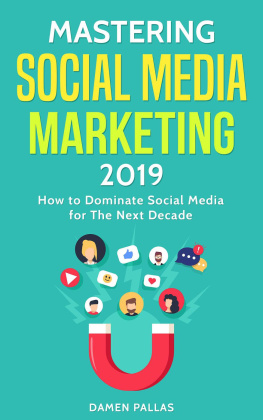
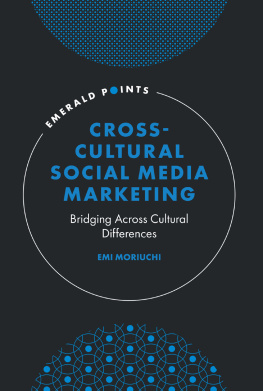
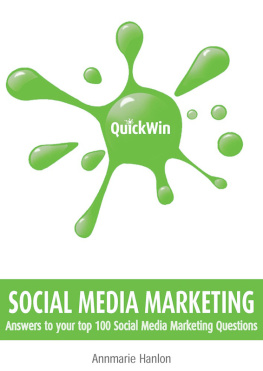
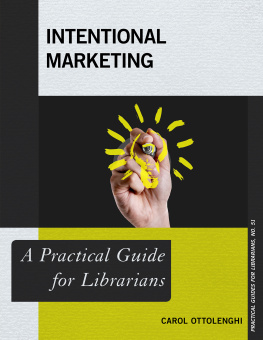

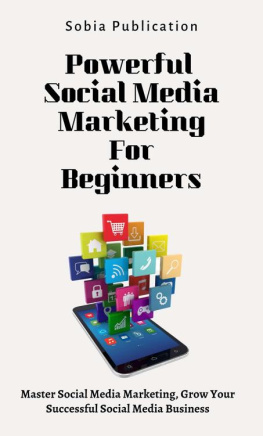

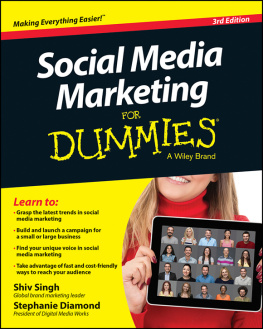
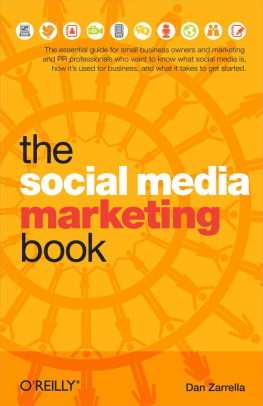
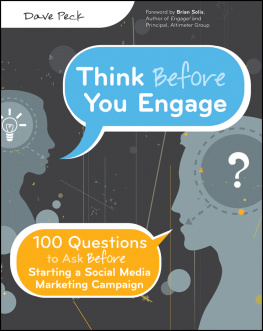
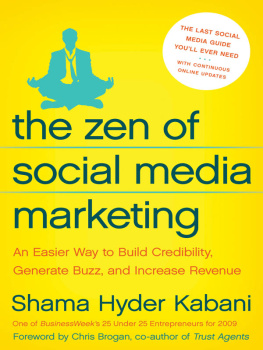
 TM The paper used in this publication meets the minimum requirements of American National Standard for Information Sciences Permanence of Paper for Printed Library Materials, ANSI/NISO Z39.48-1992.
TM The paper used in this publication meets the minimum requirements of American National Standard for Information Sciences Permanence of Paper for Printed Library Materials, ANSI/NISO Z39.48-1992.